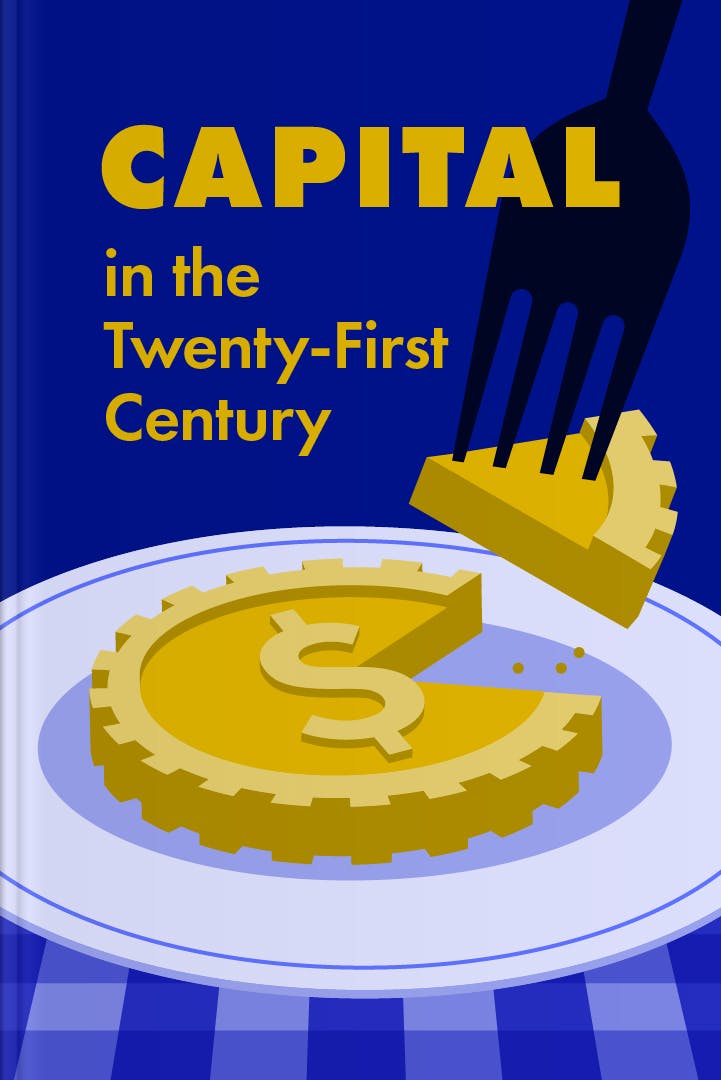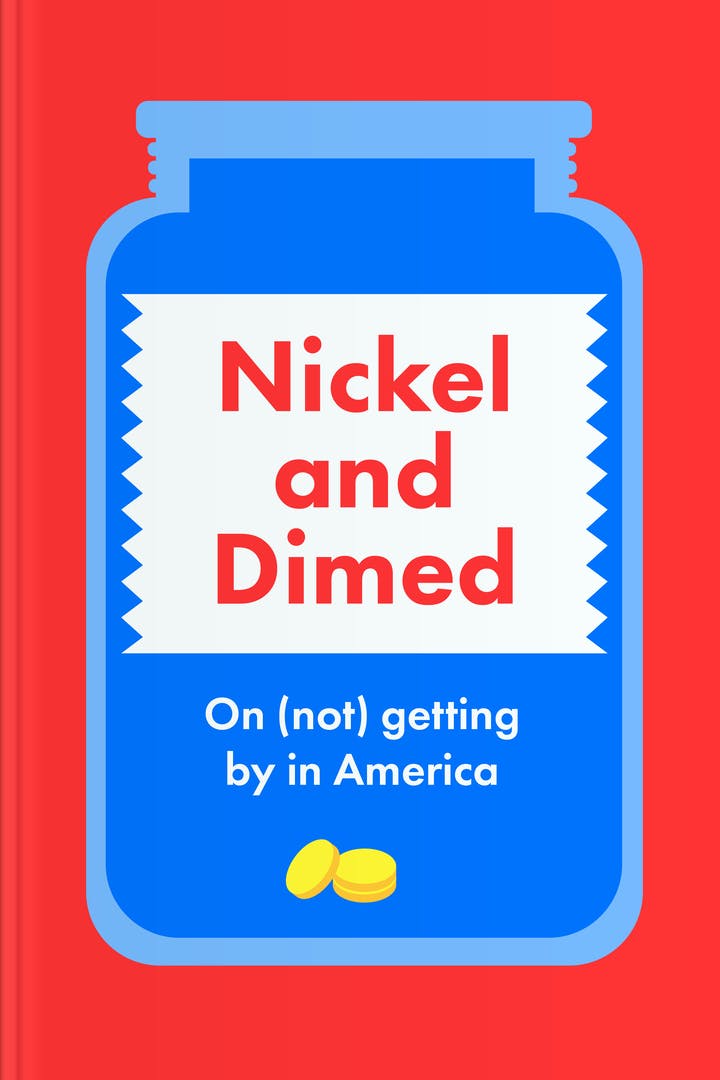What is The Velvet Rope Economy about?
This book explores the rise of economic inequality and how it has become a lucrative industry. It delves into the concept of the "velvet rope" as a metaphor for the barriers between the wealthy and the rest of society, illustrating how luxury experiences and services cater exclusively to the affluent. Through compelling case studies, the narrative reveals the implications of this divide for consumer behavior and societal norms.




